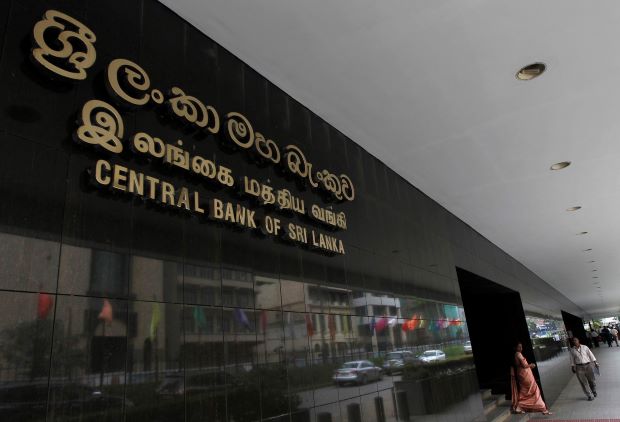Sri Lanka settles over USD 1.1 billion in debt to RBI and IMF by March 2025
COLOMBO – The Central Bank of Sri Lanka (CBSL) has settled more than USD 1.1 billion in foreign debt during the year ending March 2025, including USD 900 million to the Reserve Bank of India (RBI) and USD 209 million to the International Monetary Fund (IMF), official data show.
The repayments are part of efforts to reduce liabilities incurred during Sri Lanka’s recent economic crisis, when the country relied heavily on external swaps and borrowings to meet foreign currency shortages.
According to CBSL records, Sri Lanka had borrowed around USD 2.2 billion from the RBI through the Asian Clearing Union (ACU), in addition to a USD 400 million currency swap obtained at the height of the 2019–2020 crisis triggered by rate cuts and liquidity injections. The ACU credit lines and the RBI swap have been gradually settled since the fourth quarter of 2023, at a pace of about USD 75 million a month.
The IMF debt repayments relate to loans obtained after policy missteps dating back to 2015, when inflationary rate cuts under the “flexible inflation targeting” framework worsened imbalances.
At the peak of the crisis, CBSL’s net foreign assets had fallen to negative USD 4.6 billion. Debt settlements and improved market operations have since supported a gradual recovery. By maintaining domestic policy rates at appropriate levels, the central bank has been able to buy dollars outright from markets while sterilizing excess liquidity through sales of domestic assets, a deflationary approach aimed at rebuilding reserves.
However, analysts caution that Sri Lanka’s monetary stability remains fragile. “If rates are kept too low, the central bank will struggle to buy sufficient dollars outright to meet both its own obligations and those of the government,” one analyst noted, warning that the country could risk another external payments crunch.
In addition to settling its own liabilities, CBSL also provides foreign currency to the Treasury for debt repayments. Between January and June 2025, around USD 770 million was provided to the government, effectively extinguishing excess liquidity in money markets. Analysts, however, warn that if such sales are offset by future liquidity injections to keep interest rates down, reserve collection could weaken.
Despite the repayments, Sri Lanka’s gross official reserves have not shown significant improvement since October 2024, though net foreign assets continued to strengthen due to outright dollar purchases. Data show CBSL bought USD 256 million from forex markets in May, but inflows fell to USD 112.2 million in June and USD 81 million in July, raising concerns about the sustainability of reserve accumulation.
“Sri Lanka needs to closely monitor reserve trends over the coming months. A slowdown in dollar purchases could undermine efforts to meet IMF program targets and keep the next default at bay,” analysts said.
While the settlements to RBI and IMF mark progress in reducing short-term debt, the central bank’s ability to manage rates, control liquidity, and build reserves will be critical to sustaining Sri Lanka’s recovery from its worst economic crisis in decades.
-ENCL/EN



Comments are closed, but trackbacks and pingbacks are open.